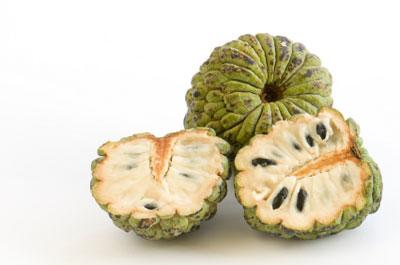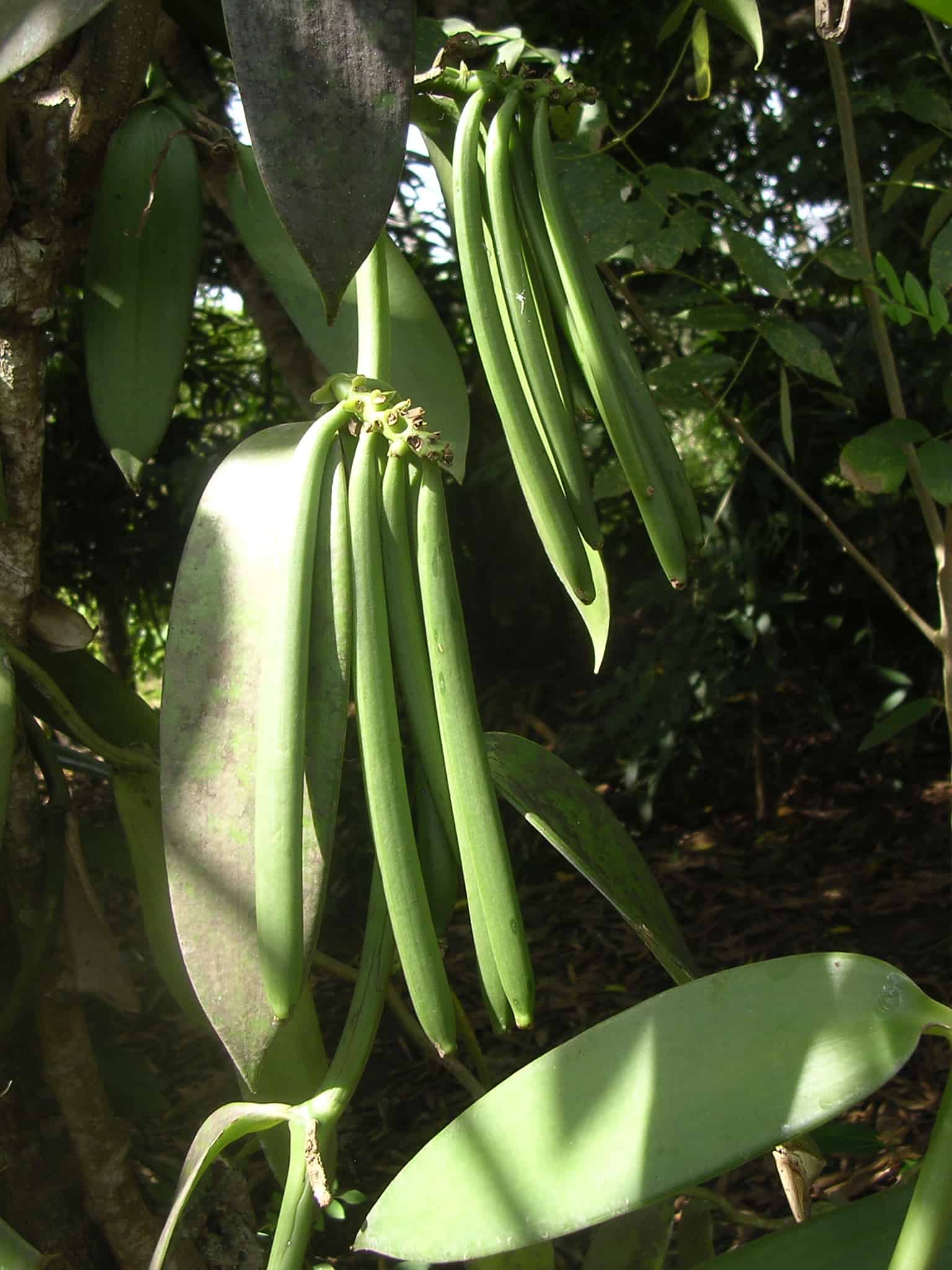Neem is the “Chinaberry’s Miraculous Cousin”.
Most local folks are familiar with the abundant Chinaberry tree, Melia azedarach. Also known as umbrella tree, this naturalized western Asian tree is a colonizer of disturbed sites throughout the South. It has its faults including surface roots, brittle wood, and messy, toxic berries. However, its ability to grow in hostile sites and produce dense shade has endeared it to man and beast alike.
In the seasonally dry hills of central India, the Chinaberry’s cousin, Azadirachta indica, leads a communal existence with the people and animals in villages and along roadsides. As much of this land was long ago deforested as a result of population pressures, the presence of these trees reflects the Indians’ obvious appreciation of the cooling shade they provide. The common name of this tree in India is “neem”, and shade is not the only reason to grow it.
The neem is known to Indians as a virtual living pharmacy. Daily, millions of people brush their teeth with neem twigs. Dentists confirm that this practice guards against periodontal disease. A crude antiseptic soap is made from the pulp of the olive-like fruit. A paste made from the leaves has been found to successfully treat skin lesions. Small portions of leavers mixed with regular feed seem to affect intestinal parasites in livestock.
Benefits of Neem
The neem tree’s uses are many, and its benefits nearly magical. It has been called in Ayurvedic medicine a pharmacy in a jar for its many medicinal uses. Many parts of the neem tree, including the bark and neem oils, are used in cosmetics, skin care products, toothpaste and mouthwash, and even organic insecticides.
Benefits to human health are achieved with topical and oral administration. ‘Skin’ is our largest organ. A vast plethora of skin-related disorders seem responsive to treatment. Neem oil is rich in long chain fatty acids, the most likely constituents for producing such an effect. However, in addition to the active ingredients listed above, analysis reveals many other vital nutrients: fibre, carbohydrates, calcium, at least ten essential amino acids and also carotenoids – the antioxidants currently promoting speculation for their ability to mop up ‘free radicals’ in the body, thereby averting development of cancerous or pre-cancerous cells. Public interest in non-steroidal treatments for long term problems such as eczema have been welcomed, due to side effects such as thinning of the skin. The anti-inflammatory action of Nimbin and Nimbidin have been demonstrated to be equally if not more effective than standard over-the counter treatments, but without side-effects.


Tas Wanita
This is actually my first time here, really good looking blog. I discovered a lot of fascinating stuff within your blog particularly it’s discussion. From all the comments on your articles, it appears like this is really a extremely popular website. Keep up the good work.
sindhu
nice